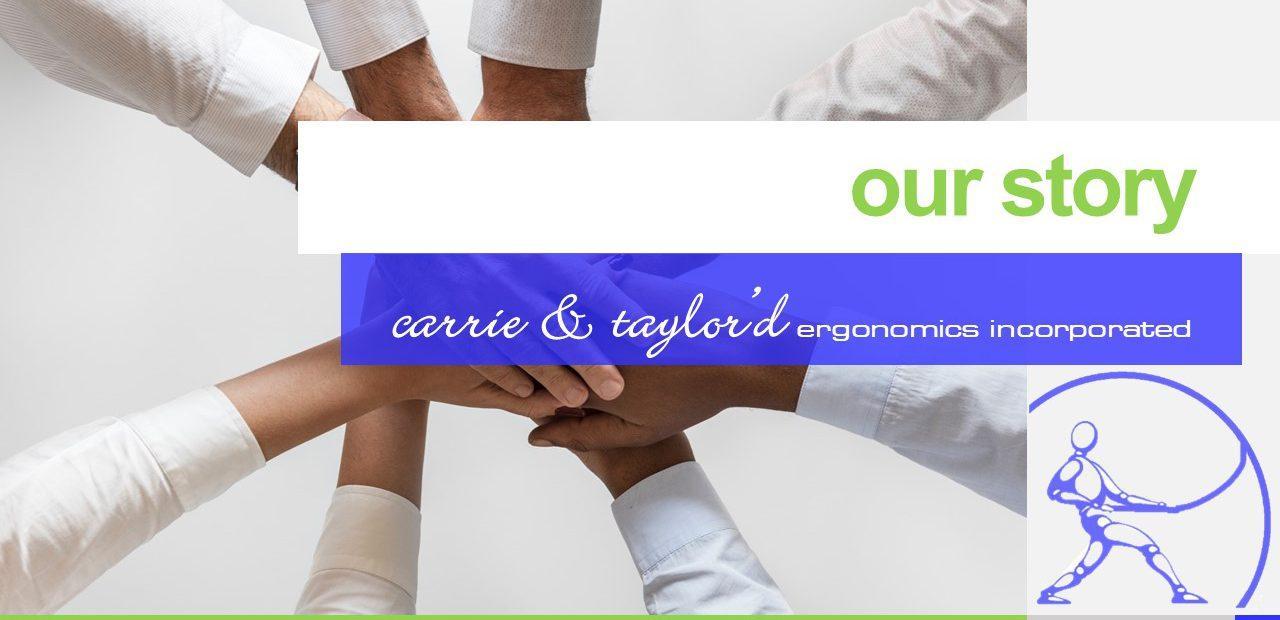People have asked me why I started this business….I launched Taylor’d Ergo over 25 years ago, but the reasons are as valid now as they were then. I envisioned a service that allowed mid-sized companies to obtain the support of a dedicated ergonomist, even though they were not large enough to hire one full-time. We have always used the title “Ergonomist” instead of “Ergonomics Consultant” because we want to be seen as professionals that work on an ongoing basis to support the implementation of change. (Whereas a consultant is “a person who provides expert advice professionally.” The job ends when the report is issued.) Your ergonomist knows your business, your jobs, and your people.
Yes, of course, we provide “consulting” support for clients who need to fill gaps in their programs. A small company may simply need a risk assessment to allow their Health and Safety committee to action out some interventions. A large company might not have the resources to develop customized, hazard-specific training for a group of employees, to provide “off-the-shelf” ongoing awareness material, or to work with the engineering firms who are designing new equipment. Very small and very large companies use our services to support their programs. But our most-prized clients are those who see us as part of their MSD prevention team, bringing us on-board weekly.
What we’re good at:
- Pivoting and prioritizing: We always have projects on the go, but if something comes up that’s a priority for you, we can re-focus and get you the answers you need. Immediately.
- Ergo awareness: We invest our behind-the-scenes time into developing employee ergo awareness materials that we provide to our on-site ergo (regular ongoing) clients at no charge.
- Mentoring and training our ergonomists to provide consistently excellent outcomes. Over the years, we’ve trained a lot of ergonomists and we’ve gotten pretty skilled at skill-building.
- Forging relationships at all levels of the company. We love working with shop-floor or front-line employees, but we’re equally comfortable chatting with upper management, supervisors, or engineers. Ergonomics is multi-disciplinary, so we need to play nicely with everyone in the sandbox.
- Follow-though. Leading an ergo program requires us to follow up on implementations to confirm that changes truly reduced the risk, and didn’t introduce any new issues.
In 1995, my vision was to engage with clients who wanted our team to lead their ergonomics programs. I set out to develop and foster the resources and skills within our team to handle whatever our clients needed…so we could “Taylor” our services to their needs. We built design guidelines, advanced and awareness level training, matrices to track ergonomist skill development, operating procedures, awareness programs, and more. We do our work on-site so you can interact with us, and get your reports right away, but we still have team days where we work together to solve challenging problems.
Although I have been in this business for more than 3 decades, I still have a vision for the future of Taylor’d Ergo. We can do greater things. Stay tuned.


